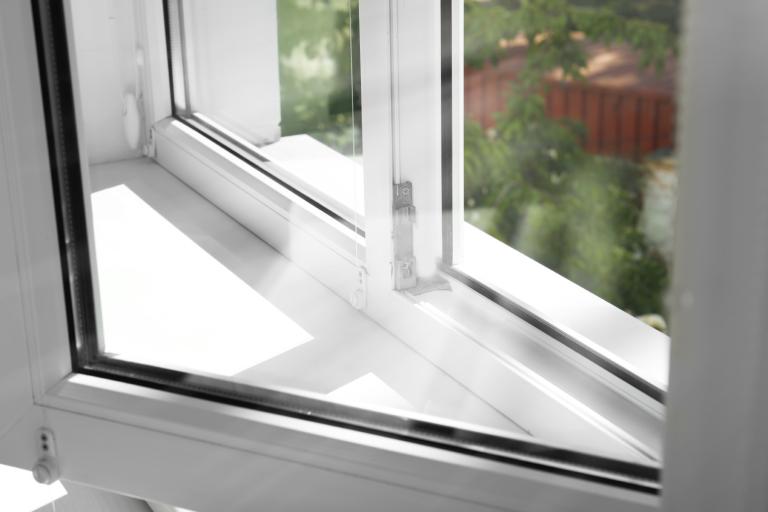We are improving our site by involving residents.
Help us continue to improve by giving your feedback
If you have single-glazed metal framed windows, or older double glazing (pre-1990), upgrading to modern double or triple glazing can save energy.
However, replacing windows that already perform well is not cost-effective. Misted double-glazing panes indicate seal failure and reduce insulation.
You can replace individual panes instead of the whole window to save money.
For high performance retrofits, triple glazing enhances energy efficiency. In heritage or traditional buildings where changing windows is not possible, secondary glazing can be a good solution.
It reduces heat loss by up to 60% and comes in various designs, such as:
Consider your maintenance needs for existing windows when considering secondary glazing. The Centre for Sustainable Energy has advice on secondary glazing.

Older doors can be draughty and poorly insulated. Modern external doors contain insulation to reduce heat loss and meet current building standards. The best performing doors are Passivhaus certified for energy efficiency.
The Centre for Sustainable Energy provides a detailed guide to help you install energy efficient glazing and high thermal performance doors to reduce heat loss and save money.
The Planning Portal has a range of planning permission information for doors and windows installations.
Energy Saving Trust has advice on energy efficient windows and doors and how to draught-proof your windows and doors.
When your windows are replaced, it is vital to make sure the building remains well-ventilated as new windows and doors will contribute to improving the air tightness of your home.
New double glazing is required to have trickle vents and you should keep these open where possible to allow fresh air into your home and moist, stale air to escape.
Relevant building regulations required include:
In conservation areas, any changes to your home's exterior must preserve or enhance the area's character.
New windows and doors should align with the building's original style. This typically involves upgrades to existing glazing or top quality replacements.
Slim line double glazing can be retrofitted into sturdy frames to improve insulation. Thermal single glazing is an option where double glazing is not suitable.
For historic windows that can't be changed (like in listed buildings), draught-proofing and secondary glazing can be added instead.
Cost: £10,000
Disruption: Low to medium
NEW Help improve this site by giving feedback Show Hide
Send feedback directly to the content team using our website feedback form
You can also join our user research group to receive invites to activities and surveys to help shape future improvements to the site.